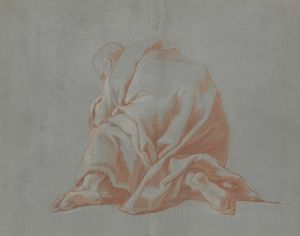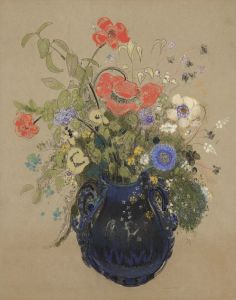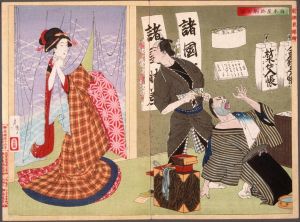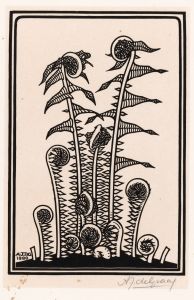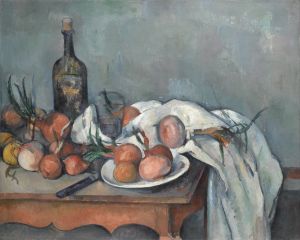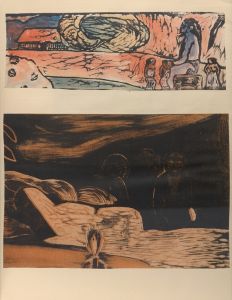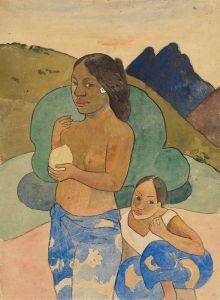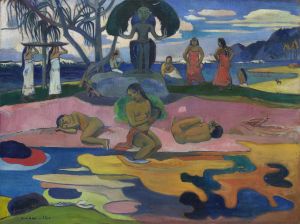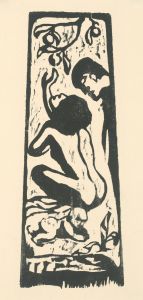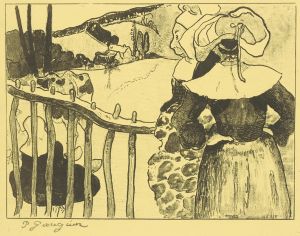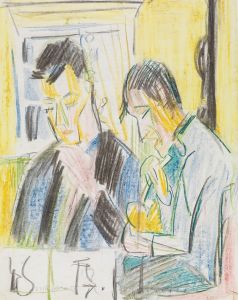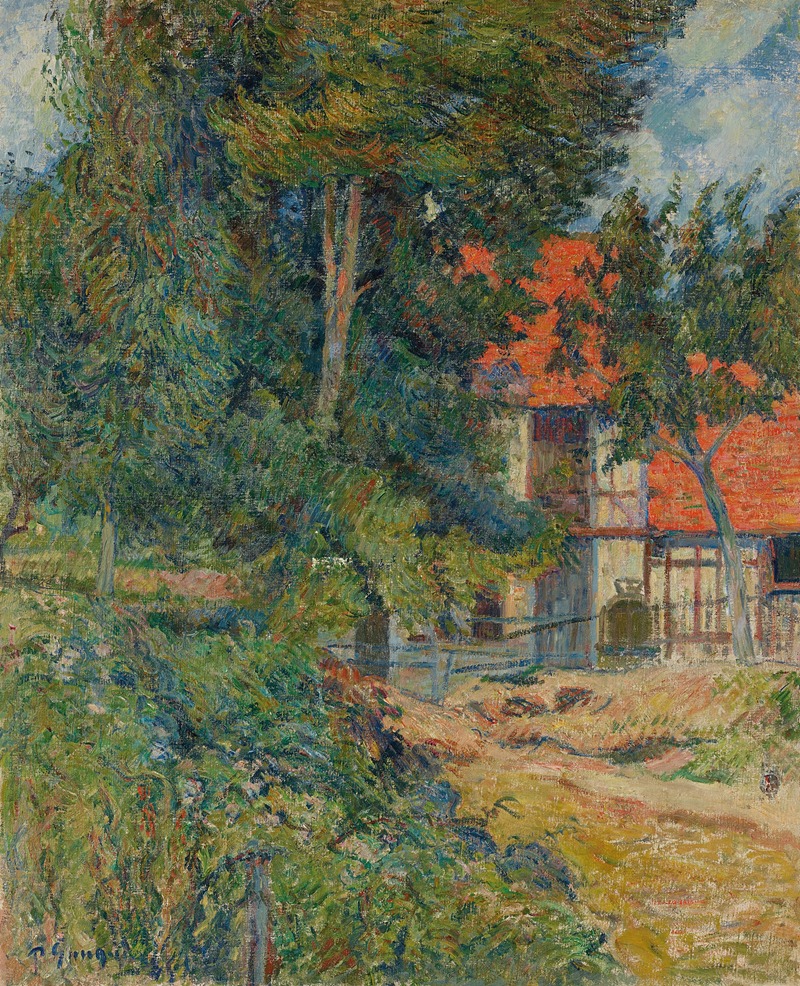
Etable près de Dieppe II
A hand-painted replica of Paul Gauguin’s masterpiece Etable près de Dieppe II, meticulously crafted by professional artists to capture the true essence of the original. Each piece is created with museum-quality canvas and rare mineral pigments, carefully painted by experienced artists with delicate brushstrokes and rich, layered colors to perfectly recreate the texture of the original artwork. Unlike machine-printed reproductions, this hand-painted version brings the painting to life, infused with the artist’s emotions and skill in every stroke. Whether for personal collection or home decoration, it instantly elevates the artistic atmosphere of any space.
Paul Gauguin's Etable près de Dieppe II (translated as Stable near Dieppe II) is a painting created by the French Post-Impressionist artist Paul Gauguin. This work is part of Gauguin's exploration of rural and pastoral themes, which he often depicted during his career. The painting is believed to have been created during a period when Gauguin was experimenting with bold colors, simplified forms, and symbolic content, hallmarks of his mature style.
The title of the painting suggests that it depicts a stable near Dieppe, a coastal town in the Normandy region of France. Dieppe was a location Gauguin visited during his lifetime, and the surrounding countryside provided inspiration for many artists of the time. The painting reflects Gauguin's interest in capturing the essence of rural life, a theme that recurs throughout his body of work.
Gauguin's approach to painting often involved a departure from strict realism. Instead, he sought to convey emotional resonance and symbolic meaning through his use of color and composition. While specific details about Etable près de Dieppe II are limited, it is consistent with Gauguin's broader artistic goals during this period, which included a focus on simplicity and a rejection of the urban and industrialized world in favor of more natural and traditional settings.
As with many of Gauguin's works, Etable près de Dieppe II may reflect his desire to escape the constraints of modern European society and reconnect with a more primal and unspoiled way of life. This theme would later become even more pronounced in his works created during his time in Tahiti and other parts of French Polynesia.
The painting is part of Gauguin's extensive oeuvre, which has been widely studied and celebrated for its influence on modern art. His innovative use of color and form had a significant impact on later movements, including Symbolism and Fauvism. However, specific details about the current location, provenance, or exhibition history of Etable près de Dieppe II are not readily available in public records.
In summary, Etable près de Dieppe II is an example of Paul Gauguin's exploration of rural themes and his distinctive artistic style. While detailed information about the painting is scarce, it remains a testament to Gauguin's enduring legacy as a pioneering figure in the history of art.





